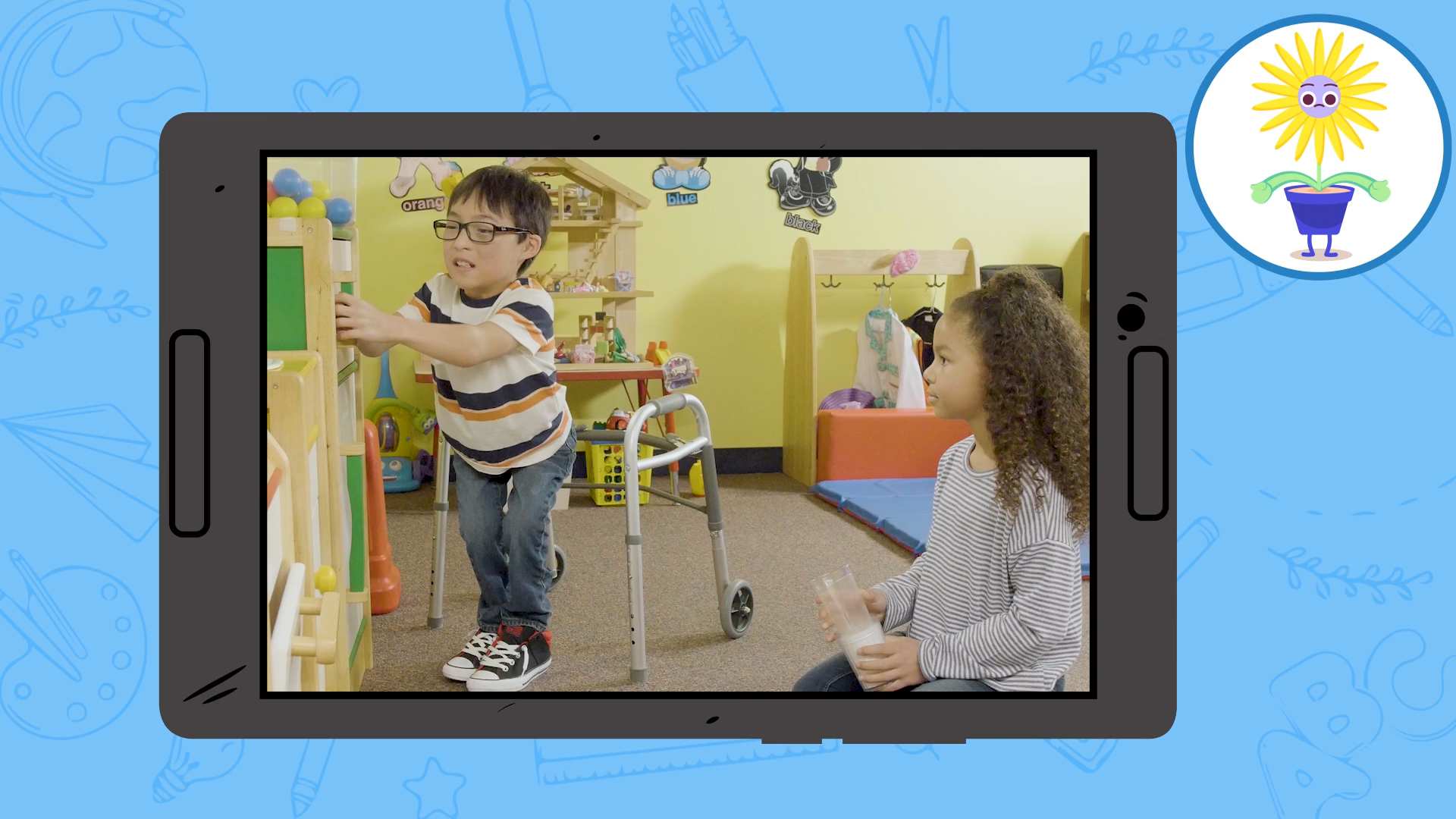
Independence is a crucial skill for students to develop as they navigate through life. This blog post will present an overview of the concept of independence, a no-prep activity for teaching independence, discussion questions, related skills, and next steps for educators working with students in Special Education.
Introduction
Independence is the ability to perform tasks and make decisions on one’s own without relying on others for help. In the context of Social-Emotional Learning, independence involves recognizing and solving small problems, taking responsibility for one’s actions, and developing self-confidence. Teaching independence to students in Special Education can help them build resilience and adapt to various situations throughout their lives.
No-Prep Activity: Problem-Solving Scenarios
This activity requires no preparation or materials from the educator. To begin, gather your students in a circle and explain that they will be presented with different scenarios where they have to solve a problem independently. For each scenario, students will take turns sharing how they would handle the situation on their own.
Here are some sample scenarios:
- You accidentally spill water on the floor. What do you do?
- You can’t find your favorite toy. How do you search for it?
- You need to tie your shoelaces, but you don’t know how. What steps can you take?
After each student has shared their solution, discuss as a group the different approaches taken and emphasize the importance of trying to solve problems independently before seeking help.
Discussion Questions
- Why is it important to be independent and solve small problems on our own?
- How can we build our confidence to tackle problems independently?
- What are some strategies we can use when we feel overwhelmed or frustrated while trying to solve a problem?
- How can we support our classmates in becoming more independent?
- What are some situations in which it is appropriate to ask for help? How can we recognize these situations?
Related Skills
Teaching independence is just one aspect of Social-Emotional Learning. There are other related skills that can complement and enhance students’ understanding of independence, such as:
- Self-awareness: Recognizing one’s emotions, strengths, and weaknesses can help students understand when they need to be independent and when to seek assistance.
- Decision-making: Developing the ability to make thoughtful and informed choices is a crucial part of becoming independent.
- Self-management: Learning to regulate emotions, thoughts, and behaviors can help students navigate challenges independently.
- Resilience: Building resilience allows students to bounce back from setbacks and continue working towards independence.
Next Steps
Now that you have learned about the importance of teaching independence and have some activities and discussion questions to use in your classroom, consider exploring more resources to support your students’ social-emotional development. To access free sample materials, including activities, videos, and games, sign up at Everyday Speech. These resources can help you create a comprehensive and engaging learning experience for your students in Special Education.

